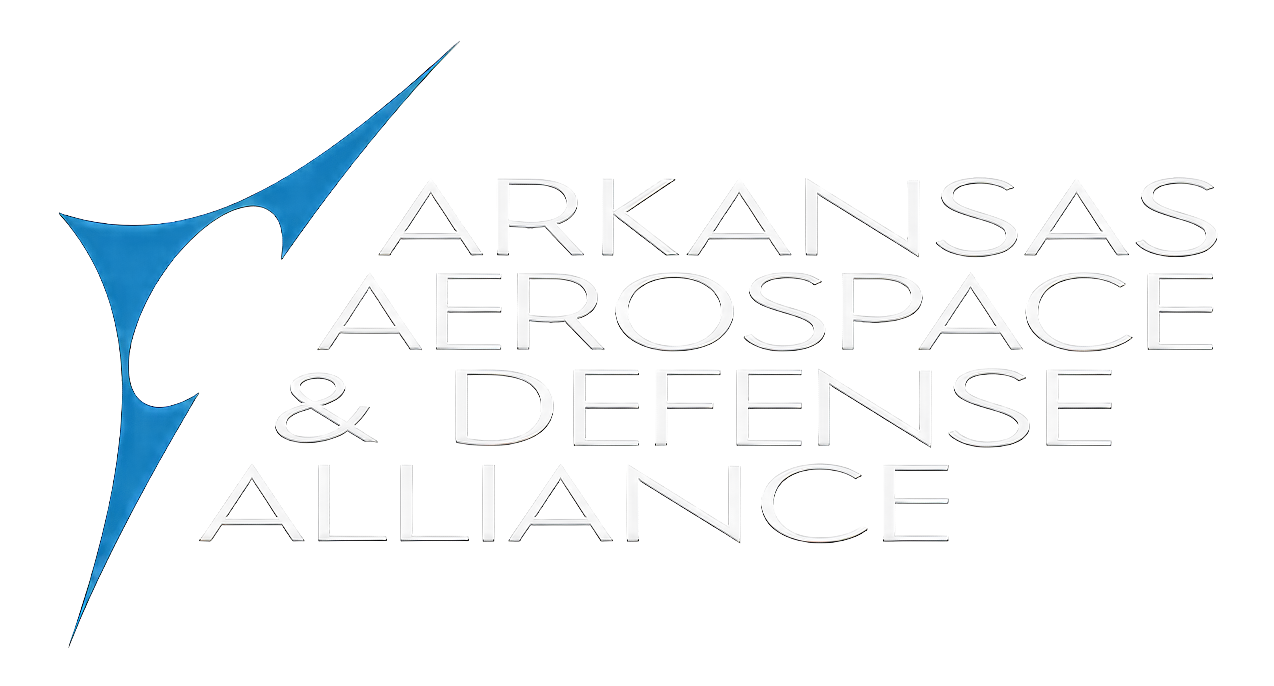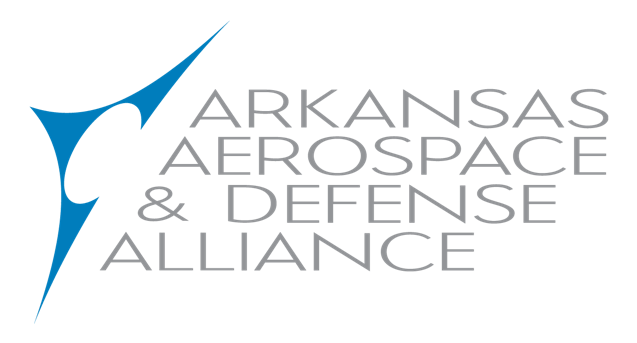Aerospace Trends for 2018
Thursday, 05 July 2018 08:42What can be expected in this fiscal year and moving into 2019 for the Aerospace and Defense industry? It’s a question on the minds of all AADA member companies.
The consensus has been growth, as outlined in the following excerpt from Deloitte.com, which predicts that the “industry will strengthen in 2018 as revenues are forecasted to increase by 4.1 percent, doubling last year’s 2.1 percent growth. The recovery of global gross domestic product (GDP), stable commodity prices, and heightened passenger travel demand are likely to ramp up growth in the commercial aircraft sector in 2018.” Additionally, higher defense spending across the globe are likely to drive defense sector revenue growth in 2018 and beyond.
Key findings:
Commercial aircraft sector revenues expected to grow 4.8 percent as production levels are likely to be robust while the defense sector revenues are likely to record 3.6 percent growth as the US defense budget returns to growth after experiencing multi-year declines.
The spiraling demand for passenger travel is driving commercial aircraft production and is responsible for the record high backlog of 14,215 units at the end of 2017.
Global defense spending is anticipated to grow at a CAGR of about 3.0 percent over the 2017–2022 period, crossing US$2 trillion by 2022.
In 2018, global M&A activity is expected to remain strong in the aerospace sector, driven by pricing pressures from aircraft OEMs and their expansion of high-margin aftermarket services. This has pushed suppliers to consolidate for scale and cost effectiveness. (Source: Deloitte.com)
But have predictions been matched by the market to date? A report published by Zacks Equity Research and picked up by Nasdaq.com in March of this year suggests that it has.
“U.S. aerospace and defense stocks have been rallying exceptionally in recent times, courtesy of an improving outlook for both the defense and commercial aerospace businesses. While increasing budget allocations in America -- in view of escalating geopolitical tensions worldwide -- have been boosting defense stocks, a steady improvement in air traffic has given a notable upward thrust to commercial airplane demand.
Currently, S&P Global Ratings expects the credit ratios of global aerospace and defense companies to improve in 2018 on moderate revenue growth and higher margins. With the United States being the largest supplier of defense equipment as well as commercial jets, there is no doubt that the U.S. aerospace and defense industry will be the greatest beneficiary.” (Source: Nadaq.com)


